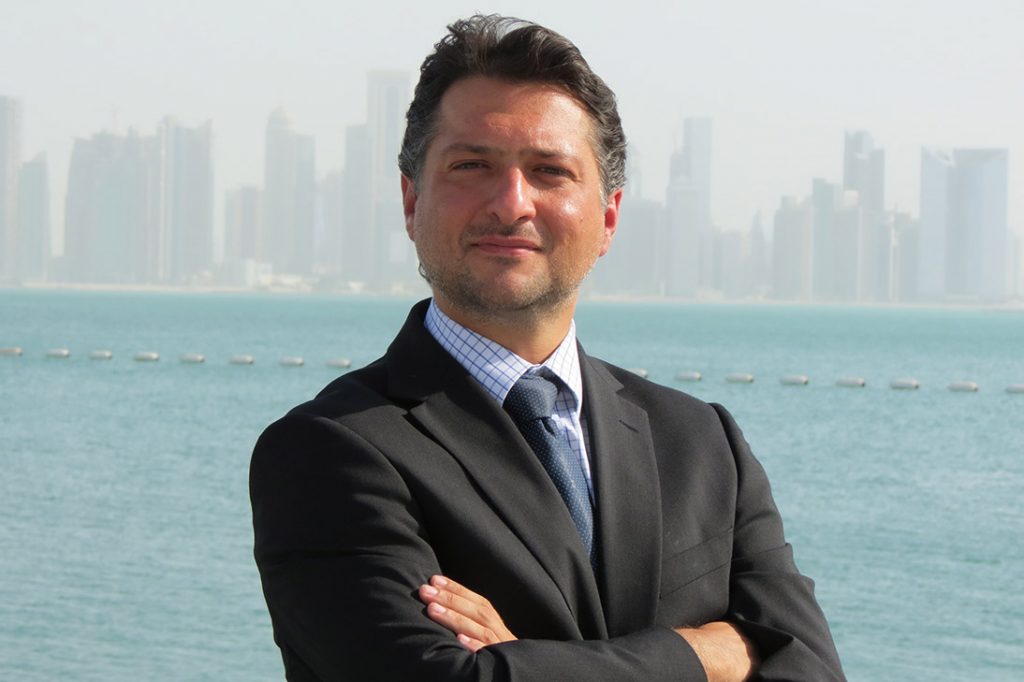The energy demand in Gulf countries has risen exponentially over the years, driven mainly by their unstoppable economic growth and rapid population expansion. If the region’s electricity consumption stays at its current growth rate track of almost 8% a year, then it needs to double its capacity every decade in order to meet the demand. This means that 100 gigawatts (GW) of additional power will have to be generated over the next 10 years to satisfy the region’s requirements.

Many GCC governments have already begun taking steps to reduce this alarming level of energy use in buildings. They have set their sights on renewable resources to ease their domestic energy consumption. Integrating solar cooling systems into buildings, for instance, is one such key measure that could help in the reduction efforts. Solar cooling works by utilising thermal energy from the sun as the principal energy input for the system to cool and dehumidify a space.
Renewable energy power generation is more cost effective and the cheapest option compared to diesel generation. In the GCC where air conditioning dominates the electricity demand curve, solar power generation is the best way to go. The region should take advantage of its rich resources of renewables. It not only benefits from strong regular sunshine but also has the space to establish large-scale solar power plants.
Heavy investments on ambitious projects and research and development initiatives have been rolled out to realise the region’s renewable energy goals.
In the UAE, Dubai aims to generate 5% of final energy from renewables by 2030, while Abu Dhabi’s objective is 7% of capacity from renewables by 2020. Oman, meanwhile, revealed an additional 100-200 MW of solar photovoltaic capacity.
The renewable energy bandwagon extends far beyond the GCC, though. Bloomberg New Energy Finance estimates that renewables will account for 70% of new power generation capacity globally by 2030. For the region, however, member states can strengthen their initiatives further by implementing relevant regulations.
These new policies and regulations should address both large-scale centralised generation and small- and- medium scale projects, including installing rooftop solar photovoltaic panels and solar water heaters in the cities. A GCC-wide study notes that a clear legal framework will ensure consistent and sustainable deployment of renewable energy projects across the region.
A lot still needs to be done to sustain the region’s renewable energy initiatives, especially in the construction sector. It is a challenge that the GCC must face together to attain a more sustainable and environment-friendly future.




